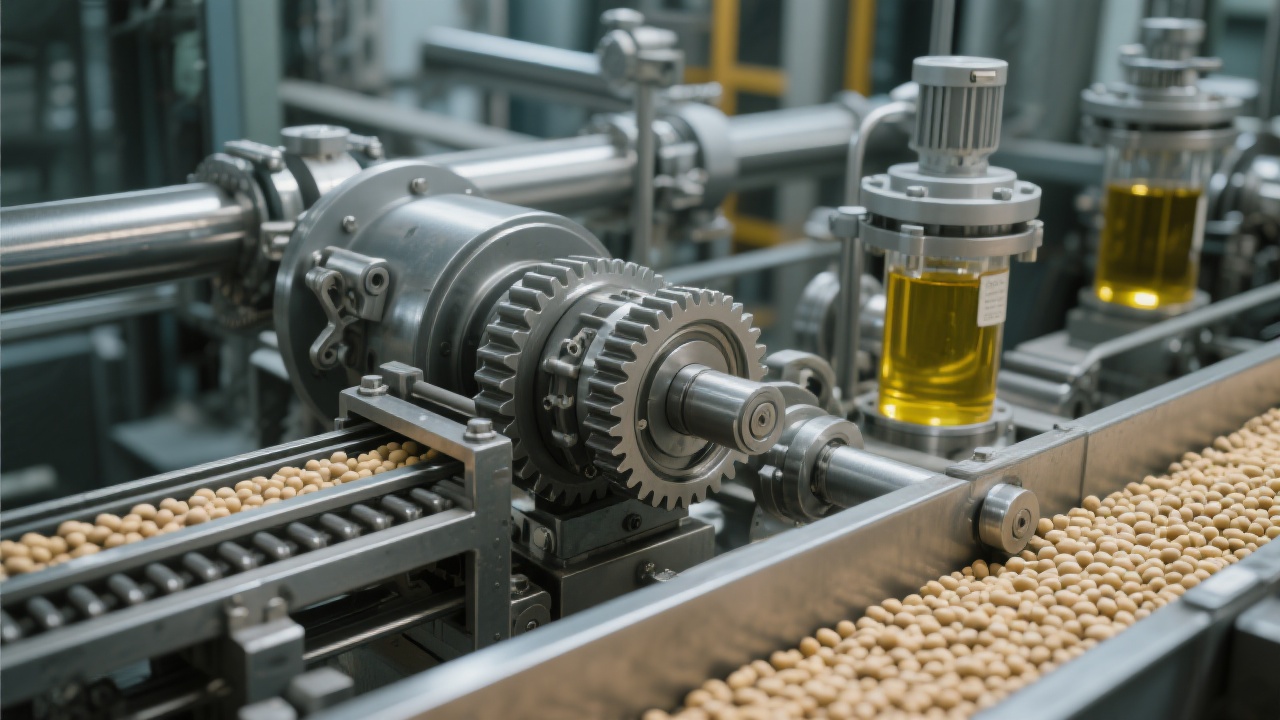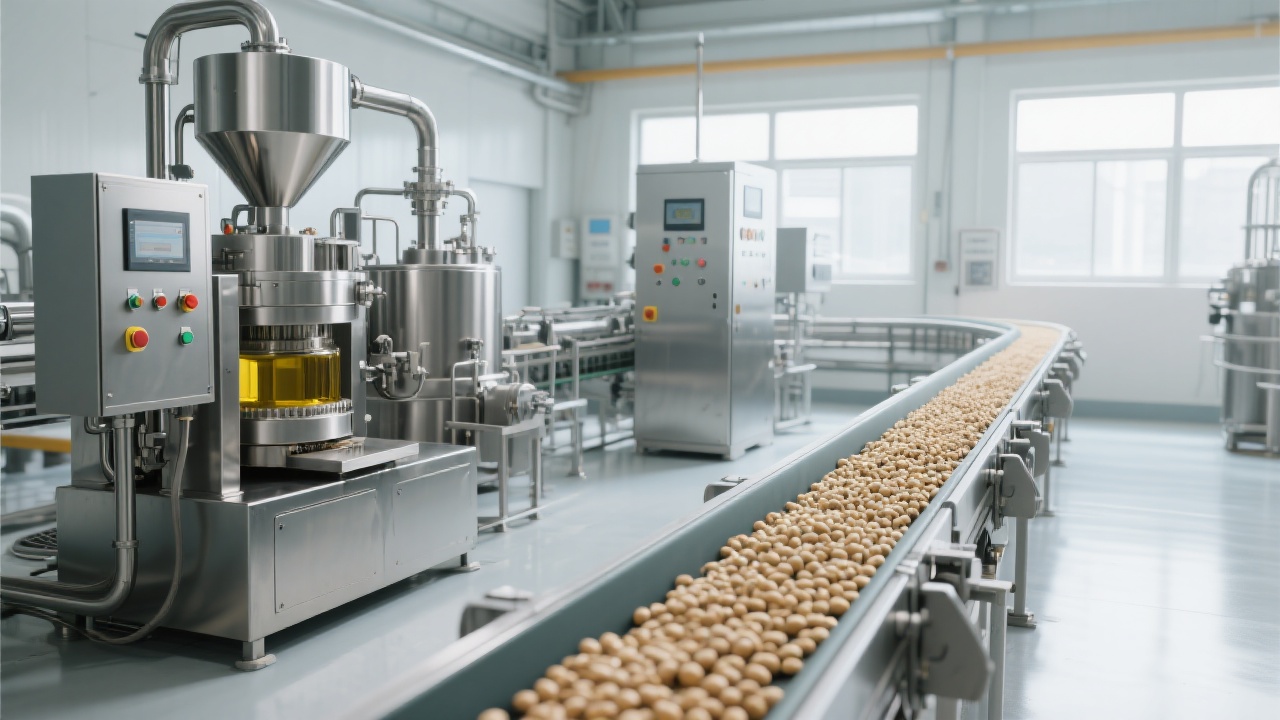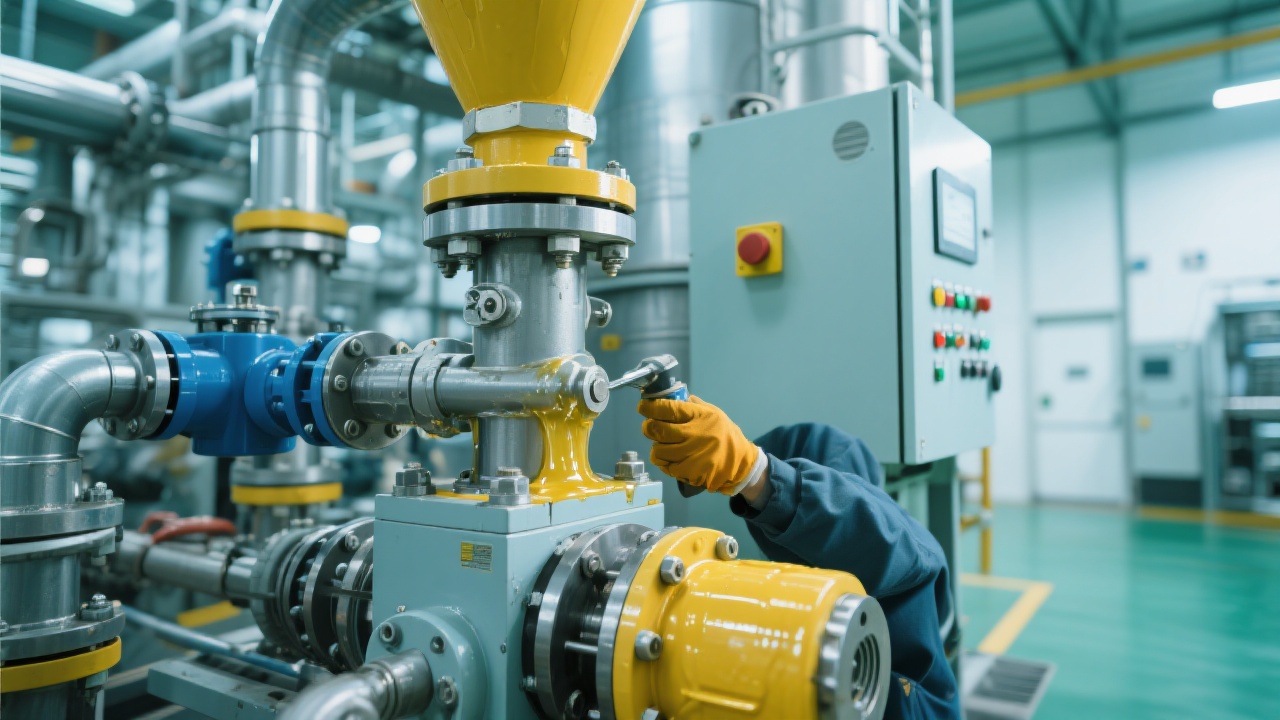
Proper water quality management and seal replacement are crucial for extending the lifespan of core components and ensuring stable production in palm oil pressing equipment. In this article, we'll delve into practical maintenance tips, covering water quality control, seal replacement cycles and methods, common fault identification, and emergency response procedures.
Water quality significantly affects the stability of palm oil pressing equipment. For example, the hardness and impurity levels in cooling water and cleaning water can have a direct impact on the equipment's performance. High - hardness water can lead to scale formation in pipes and heat exchangers, reducing heat transfer efficiency and increasing energy consumption. On average, steam consumption can increase by 10 - 15% due to scale buildup, and power consumption may rise by 5 - 8%.
To ensure optimal performance, the hardness of cooling water should be controlled below 100 ppm (parts per million), and the total suspended solids in cleaning water should not exceed 50 ppm. Using a water quality detector can help you accurately monitor these parameters.

There are different types of seals in palm oil pressing equipment, such as mechanical seals and O - rings. The replacement frequency of these seals depends on various factors, including the operating conditions and the type of seal itself. For mechanical seals, in a continuous operation environment, they usually need to be replaced every 6 - 12 months. O - rings may need to be replaced every 3 - 6 months.
Let's take a real - world example. In a palm oil processing plant, a sudden drop in pressure was detected, and upon inspection, it was found that the mechanical seal had failed. By analyzing the operating time and the wear of the seal, it was determined that the seal should have been replaced earlier. Monitoring the seal's performance through regular inspections, such as checking for leakage and visual inspection of wear, can help you determine the right time for replacement.
Preventive maintenance is key to reducing the risk of sudden breakdowns. Here is a simple maintenance checklist and cycle table:
| Maintenance Item | Cycle |
|---|---|
| Water quality check | Weekly |
| Seal inspection | Monthly |
| Overall equipment inspection | Quarterly |
By following this checklist, you can identify potential problems early and take timely action to prevent major breakdowns.
Learning to identify abnormal signals in the equipment is crucial for quick problem - solving. For example, pressure fluctuations and noise changes can indicate potential issues. If you notice a sudden pressure drop or an unusual increase in noise, it's important to act quickly.
When you detect an abnormal signal, the first step is to stop the equipment immediately to prevent further damage. Then, check the relevant components, such as seals, pipes, and valves. For example, if there is a pressure drop, check for seal leakage or blockages in the pipes.

Using the right tools can make maintenance work more efficient. A water quality detector is essential for monitoring water quality. When installing seals, referring to a seal installation diagram can ensure correct installation. This can help you avoid common installation errors, such as incorrect alignment or over - tightening, which can lead to premature seal failure.
If you want to learn more about palm oil pressing equipment maintenance and get professional support, contact Qiee Group's professional maintenance services today. Our experts can provide you with customized solutions to improve your equipment's performance and increase your return on investment.


